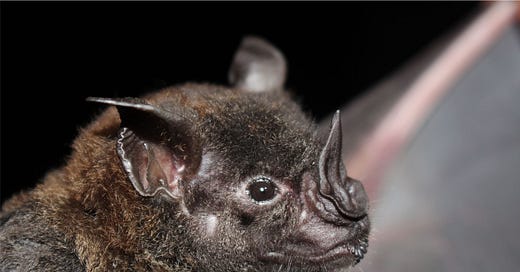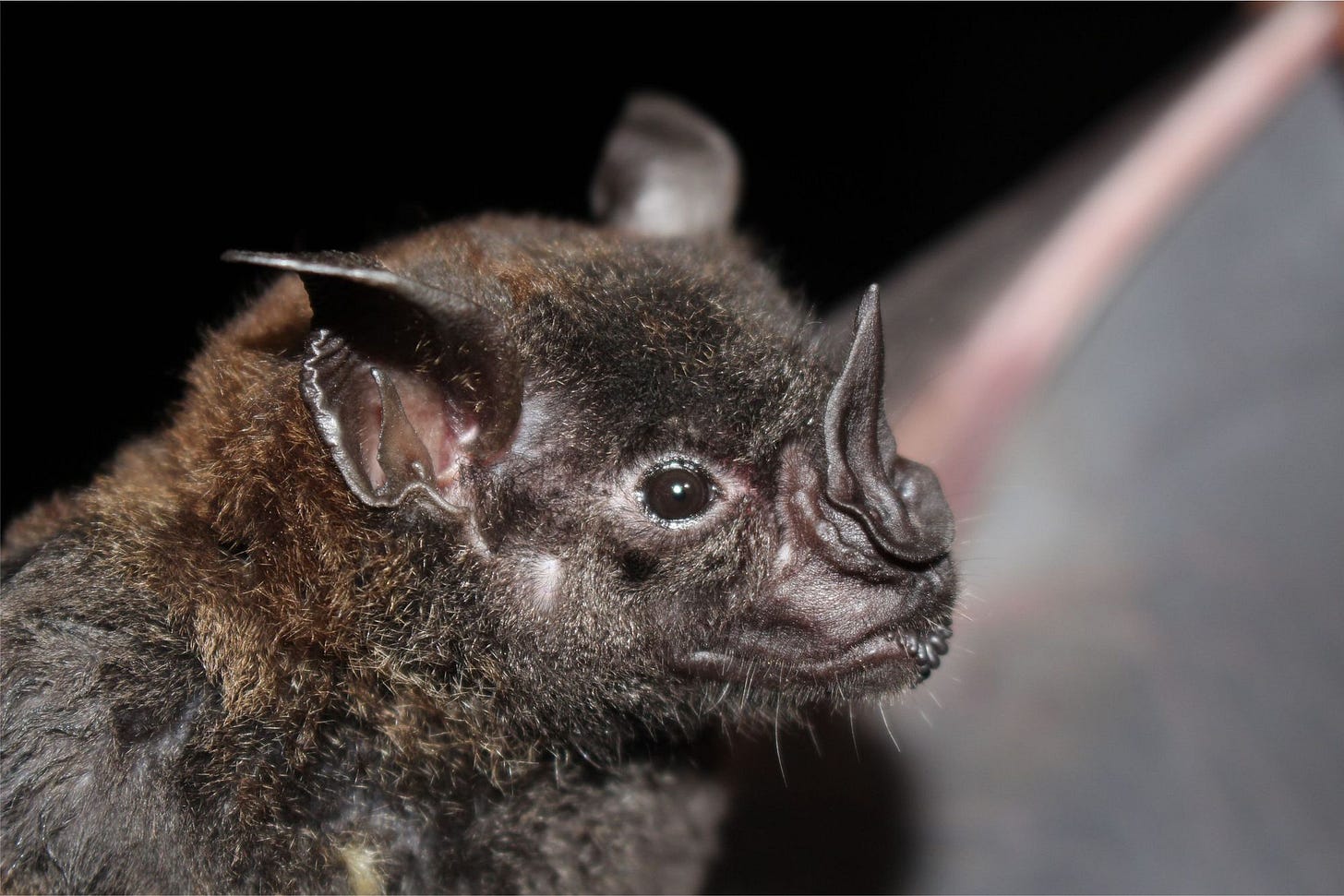Work on the novella starring the winged species of lactating egglayers continues apace, so it was time to do some hard thinking about some niche elements of their social structure. Since they were originally inspired by bat physiology, it occurred to me I should learn more about bat social structures.
Quick Facts
Female vampire bats have remarkably egalit…
Keep reading with a 7-day free trial
Subscribe to Manuscriptions to keep reading this post and get 7 days of free access to the full post archives.



